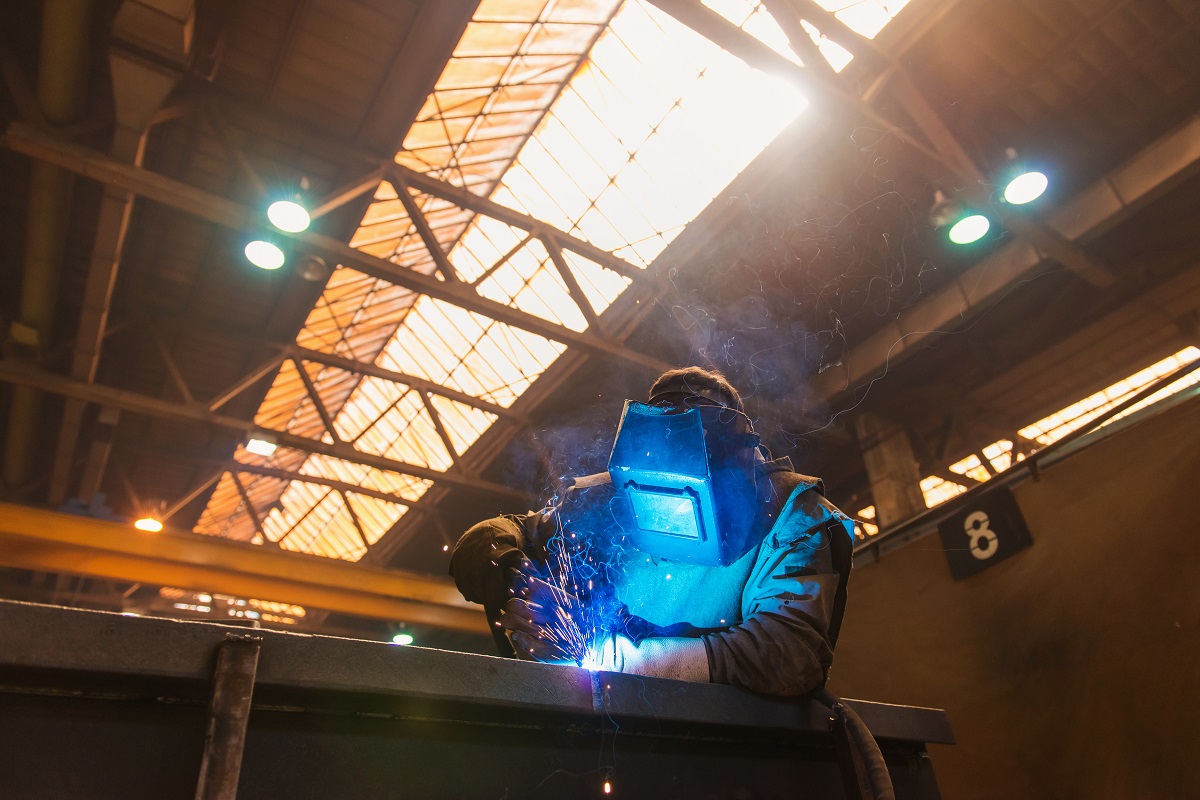Recognizing the Causes and Solutions for Undercut Welding in Steel Manufacture Procedures
In the world of metal manufacture processes, the event of undercut welding postures a considerable difficulty that demands an extensive understanding of its causes and practical options. The complex interplay of different elements during welding operations can lead to this undesirable sensation, influencing the architectural honesty and general high quality of the welded joints - Preventing weld undercut. By dissecting the source of undercut welding and discovering efficient restorative steps, fabricators can elevate the criterion of their handiwork and make sure the production of flawless steel elements
Typical Causes of Undercut Welding
Regularly ignored in metal fabrication, undercut welding takes place because of various factors that require precise attention and expertise to be properly alleviated. One common source of undercut welding is extreme heat input. When the warm input is expensive, it can bring about the melting and succeeding erosion of the base product along the edges of the weld joint, producing a groove or undercut. Additionally, inappropriate welding methods, such as making use of the wrong welding angle or take a trip speed, can additionally add to damage formation. Poor protecting gas insurance coverage is one more vital element that can cause undercutting. Not enough gas coverage falls short to protect the weld swimming pool properly, causing oxidation and undercut defects. Additionally, the choice of welding specifications, such as voltage, existing, and wire feed rate, plays a substantial role in the incident of undercut welding. Comprehending these typical reasons is essential for carrying out preventative measures and making sure high-grade welds in metal construction procedures.
Effect of Incorrect Welding Parameters
Unreliable welding criteria can considerably jeopardize the honesty and quality of welded joints in steel manufacture processes. The impact of inaccurate welding criteria shows up in various methods, leading to architectural weak points and defects in the welded elements. Careful focus to welding criteria is paramount to guarantee the manufacturing of high-grade welds with the desired mechanical residential or commercial properties and structural stability.
Impact of Improper Lantern Angle
Inappropriate lantern angle in welding procedures can dramatically impact the quality and integrity of the final weld joints in metal fabrication processes. The lantern angle plays an important function in figuring out the warm input and circulation throughout welding. When the torch angle is inaccurate, problems such as undercutting can develop. Undercutting is a typical welding problem where a groove forms along the weld toe, compromising the joint and compromising its structural honesty.
A torch angle that is too steep can lead to not enough infiltration, incomplete fusion, and increased spatter. On the other hand, a torch angle that is also superficial can lead to extreme penetration, burn-through, and distortion of the base product. Preventing weld undercut. Correct lantern angle is vital for making sure constant weld quality, stamina, and appearance
To protect against damaging and other flaws triggered by improper lantern angles, welders should be educated to preserve the correct lantern angle throughout the welding procedure. Normal tracking and modification of torch angles throughout welding can assist achieve audio welds with minimal issues.
Function of Inadequate Welding Strategies

An additional facet of poor welding strategies is inappropriate weld prep work. Poor cleansing of the base metals, incorrect joint design, or insufficient edge prep work can all add to damage welding. Poor protecting gas coverage or utilizing the incorrect type of gas can result in incomplete blend and the formation of undercut issues.
To address the role of poor welding techniques in metal fabrication procedures, it is vital to provide thorough training for welders. Correct education on welding specifications, joint preparation, and protecting gas choice can help stop undercut welding and make sure top quality welds in steel construction projects.
Reliable Solutions for Undercut Welding
Resolving undercut welding in steel fabrication calls for executing reliable options to enhance weld high quality and structural stability. One of the main solutions to deal with undercut is to adjust welding criteria such as voltage, current, and take a trip speed to make sure correct warm input and blend. By fine-tuning these settings, welders can stop excessive melting of the base steel and filler product, decreasing the chance of undercut formation.
Furthermore, proper joint preparation is critical in avoiding undercut. Making certain clean base metal surface areas free of pollutants and making use of the appropriate bevel angle can assist advertise far better weld penetration and decrease the threat of undercut - Preventing weld undercut. Using suitable welding methods, such as oscillating the lantern or weaving, can also help in dispersing warmth equally and filling the weld joint effectively, decreasing the possibility of undercut problems
Moreover, choosing the proper welding consumables, consisting of electrodes and filler steels, is important in reducing undercut. Utilizing products with ideal chemical make-ups and mechanical homes can add to accomplishing audio welds with very little undercut. Normal examination and quality assurance procedures must additionally be carried out to identify and resolve undercut concerns without delay, making certain the total honesty of made steel elements.

Verdict
In verdict, recognizing the causes and remedies for undercut welding in metal fabrication procedures is top article critical for achieving high-grade welds. By addressing typical causes such as wrong welding parameters, improper torch angle, and insufficient welding strategies, welders can avoid undercutting and make sure solid, long lasting welds. It is necessary to focus on these elements and implement reliable options to improve the total welding procedure and end product high quality.
